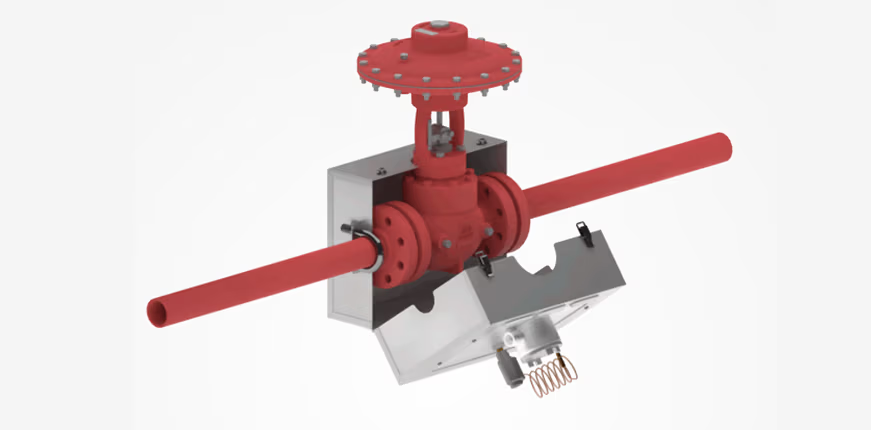How do Catalytic Heaters Work?

What is a Catalytic Heater?
Catalytic heaters are flameless heat sources resulting from the catalyzed chemical reactions that occur while breaking down molecules to produce heat, making them ideal for use in many hazardous environments.
Hazardous environments of all kinds cannot risk flames. However, when the catalyst, oxygen, and fuel – such as natural gas or propane – combine, they ignite at low-enough temperatures (below 900°F) that they produce a completely flameless heat. And this process will continue until either oxygen or the fuel source fails.
How Do Catalytic Heaters Work Safely and Effectively?
Being flameless and operating at lower temperatures, these heaters are a safe method of generating heat in hazardous areas where natural gas or other explosion hazards may be present. In the oil and gas industries, this is essential.
Because the approximate surface temperature of the catalytic heater remains at a range of 600-800°F, this mitigates any risk, even in risk-laden rooms.
In addition, the radiant, infrared heat that a catalytic heater generates warms only the object it’s directed at. This provides greater efficiency by wasting little heat when directed at items such as regulators and valves.
Benefits of Using Catalytic Heaters in Natural Gas and Other Industries
Catalytic heaters benefit natural gas production and distribution by preventing freezing and hydrate formation in pipeline regulation and measurement instruments. These are common problems when gas pressures fluctuate. In such applications, catalytic heaters apply radiant heat directly at the problem area.
In addition to those uses in natural gas production and distribution, below are some key benefits to implementing catalytic heaters across other industries:
- These heaters are cost-effective. The costs of installation, maintenance, and fuel are low, and the components are long-lasting.
- Installation is simple and involves connecting the heater to a gas supply. Catalytic heaters will operate effectively and efficiently on low-cost natural gas, propane, or butane.
- Radiant heat is directed from the heater directly to the object it is heating with very little loss of energy. Convection heating, on the other hand, dissipates energy into the environment, resulting in a much greater energy loss overall.
- The chemical reactions a catalytic heater initiates to create heat do not produce toxic by-products, as catalytic oxidation only produces carbon dioxide and steam.
- Within the agricultural sector, these safe heaters are essential for heating livestock enclosures, such as chicken brooders.
- In the recreational industry, the smallest of catalytic heaters can heat tents, cabins, and other outdoor places where maintaining bodily comfort is important.
The combined effect of the features listed above is what makes catalytic heaters a highly efficient and effective tool in many different industries.
Catco has what you need.
Catco has an extensive range of catalytic heaters for various functions:
- Heated enclosure packages
- Instrument gas heaters
- Space heating
- Industrial Process Heat
Catco also offers a complete, customized solution, to help support our customers’ unique requirements.
Request a demo or schedule a discovery call, and we’ll explore solutions that work for your needs.
Image © Catco

